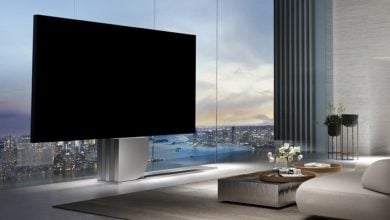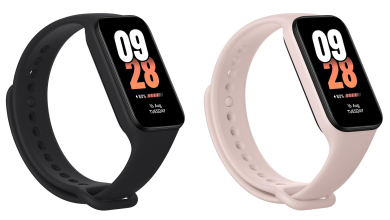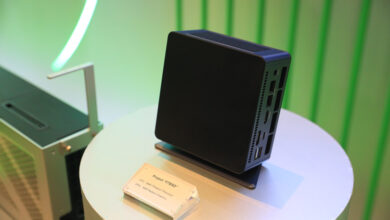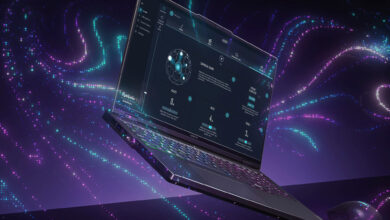Sony Had Already Shown Off Vision Pro’s Display Last Year
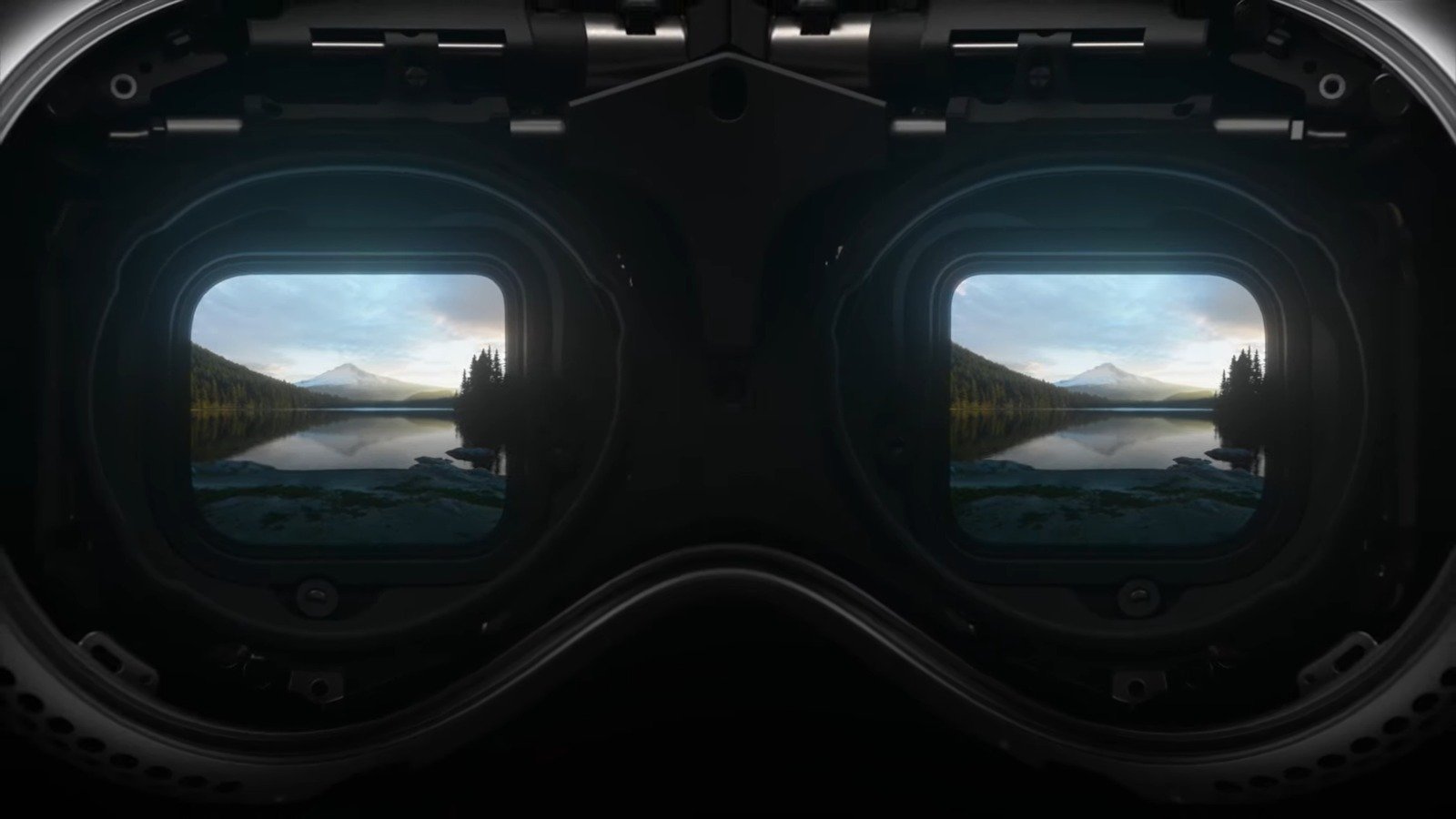
At WWDC, Apple paid a lot attention to the display technology used in the Vision Pro, although it wasn’t the first company to do so.
Sony Shows Off Vision Pro Display with 4K Resolution and Ultra-Low Latency
Sony had already showcased the display at a technology day in 2022. Take a look at it in the video down below:
Sony’s display is specifically designed for use in VR and AR headsets, and the company claims that it provides a more realistic and immersive experience than previous VR headsets.
The Vision Pro uses the same display, which is made up of a series of tiny OLED microdisplays, each of which has a resolution of 3840 x 2160 pixels (4K), and a refresh rate of 90Hz. The displays, each with 23 million pixels, are more than three times the number of pixels in a 4K TV.
While many people would believe this is merely a luxury, keep in mind that with a screen less than two inches from your face, you wouldn’t want to see individual pixels.

In addition to this, the display also features ultra-low latency, which means that the image on the display is updated very quickly. This is important for VR and AR headsets, as it helps to prevent motion sickness and other problems caused by latency.
In addition to their high resolution and refresh rate, the Vision Pro’s displays also feature wide color gamut and high dynamic range. This means that they can display a wider range of colors and more realistic contrast than traditional displays.
Vision Pro Production Likely to Be Delayed
The Vision Pro’s displays are made by Sony, and Sony has a limited production capacity. This means that Apple will only be able to produce a limited number of Vision Pro headsets each year.
Sony can only make around 900,000 panels each year, and with Vision Pro needing two in each unit, it amounts to roughly 450,000 units per year, which is close to the number Apple targets.
As a result, the Vision Pro is likely to be in high demand and short supply when it launches. We might have to wait several months or even longer to get their hands on one, but still there’s plenty of time before it launches next year.
There is no questioning how the display tech used in the Vision Pro is surely one of it’s strongest features, and selling points. It remains to be seen how Apple tackles demand and supply, not that it is a stranger to any of this.
This is all we know for now, but rest assured that we will keep you updated a s new information becomes available.
